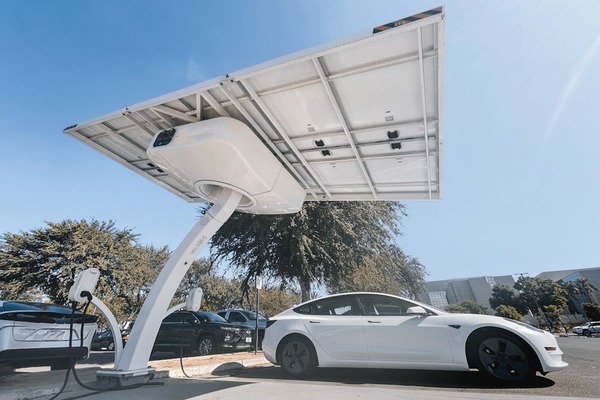The international research team has studied a stand-alone solar PV-hydrogen-powered electric vehicle charging station with integration of the lithium-ion (Li-Ion) battery. A report titled “Techno-economic analysis of standalone hybrid PV-hydrogen-based plug-in electric vehicle (EV) charging station” by researchers from Pakistan, Qatar, the UAE, and Iran studied the effect of incorporation of a Li-Ion battery.
Under Jamshoro environmental conditions of southeastern Pakistan, the analysis used HOMER simulation software to analyze two different scenarios: a hybrid PV-hydrogen system and a PV-hydrogen-battery system. These two systems were compared based on their feasibility at a technical and monetary level. Daily solar radiation received in Jamshoro is 5.53 kWh/m².
The solar panels rated at 327 W and with an efficiency of 21% will be used in the simulation charge station. They are designed to last for 25 years, and, cost $118,618.74 annually. The efficiency of the electrolyzer is 75%, and it has a lifespan of 15 years, so its annual cost would be $51,669.94. The PEM fuel cell has a lifetime of 40,000 hours, while the annual cost is calculated as $20,667.72. In addition, the hydrogen tank is found to have a lifespan of 25 years and costs $6,729.83 per annum.
Two cases were evaluated. The first was a 1 kWh Li-Ion battery with a lifespan of 10 years and an annual cost of $20,856.92. The second system supported an EV load of 1,700 kWh per day, assuming the use of MG ZS EV vehicles, which had a 44.5 kWh battery, charging at a maximum rate of 22 kW.
The energy cost analysis revealed that the PV-hydrogen-battery system offered better financial and economic benefits than the PV-hydrogen system. The cost of energy was $0.358 /kWh for the hybrid system, whereas it was $0.412/kWh for the PV-hydrogen system. The hybrid system produced 87.4% of power from PV and 12.6% from fuel cells.


